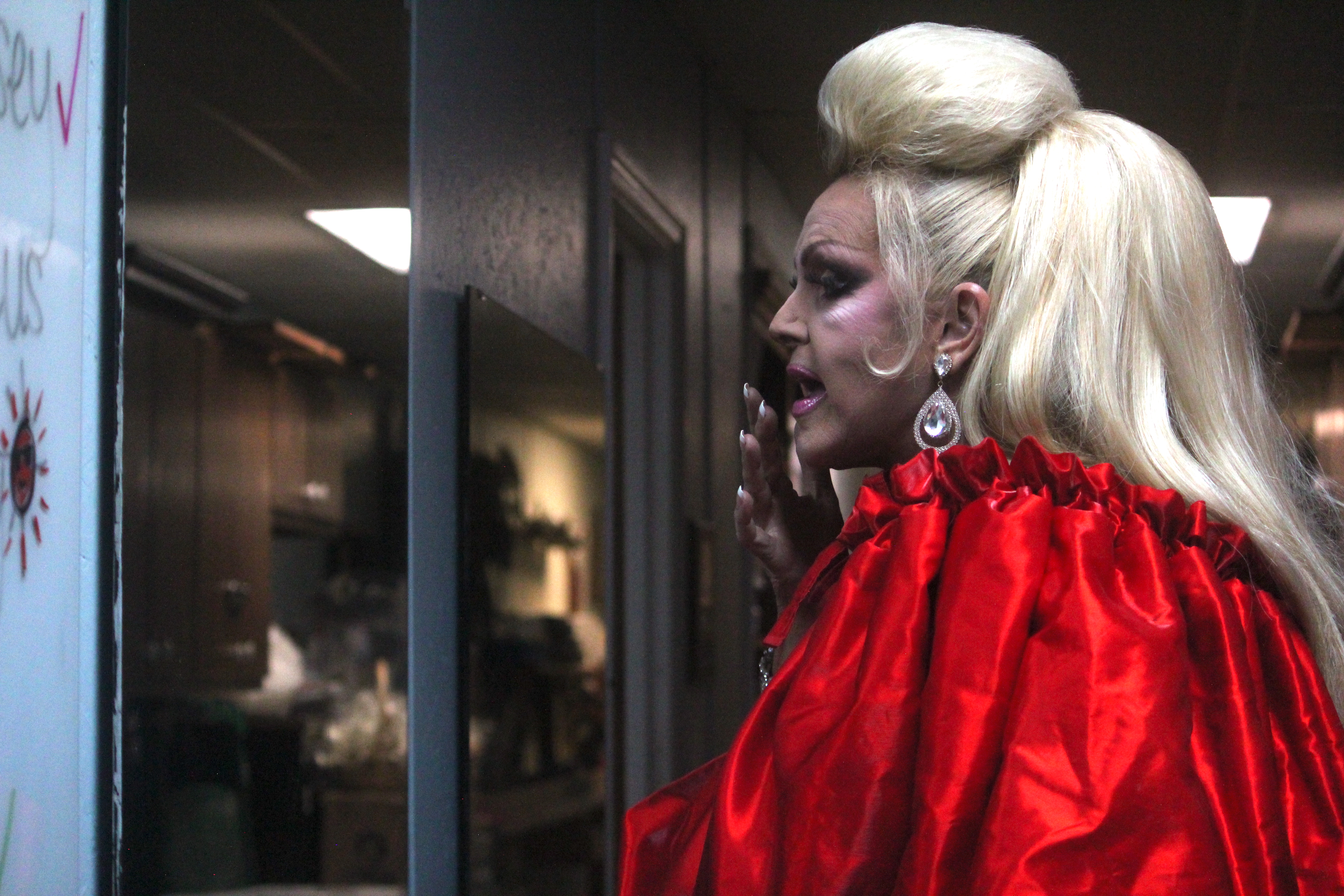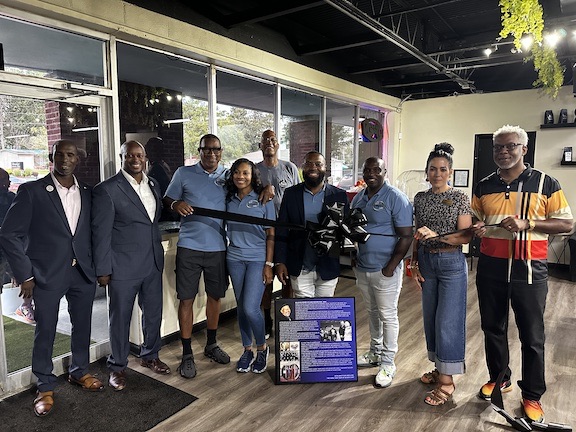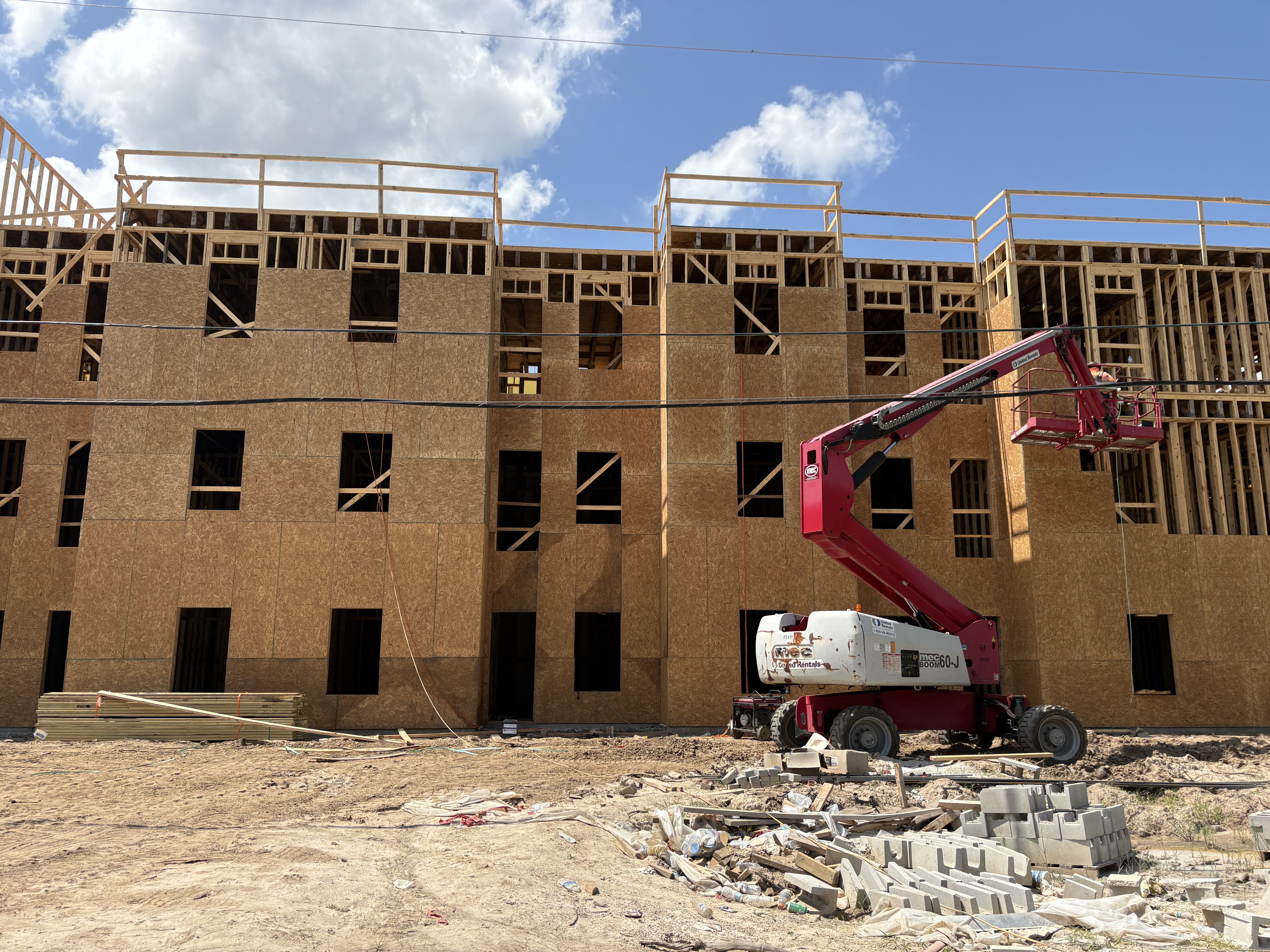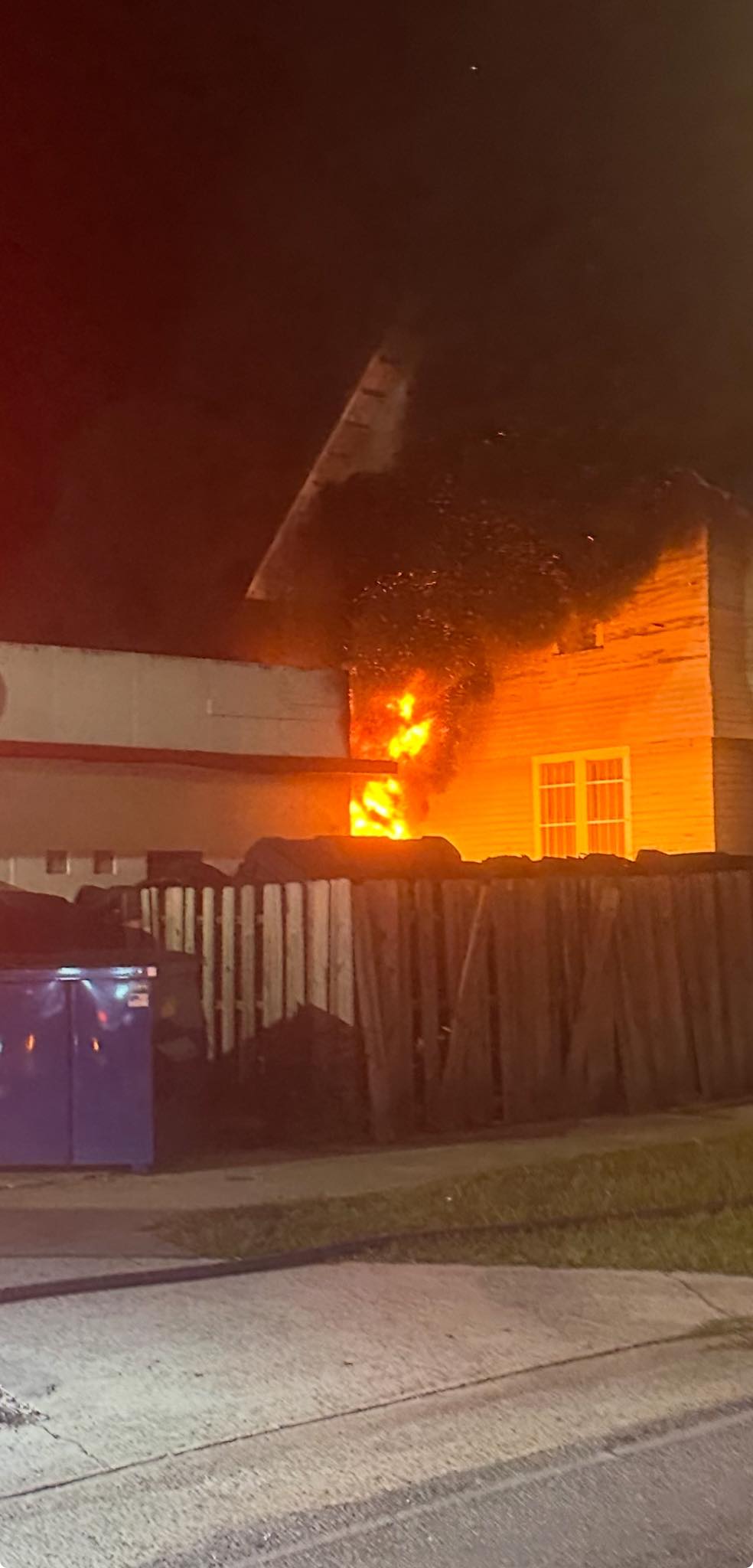Isolated Challenges: Dealing with the mental health of social distancing
Published 2:00 pm Monday, April 20, 2020
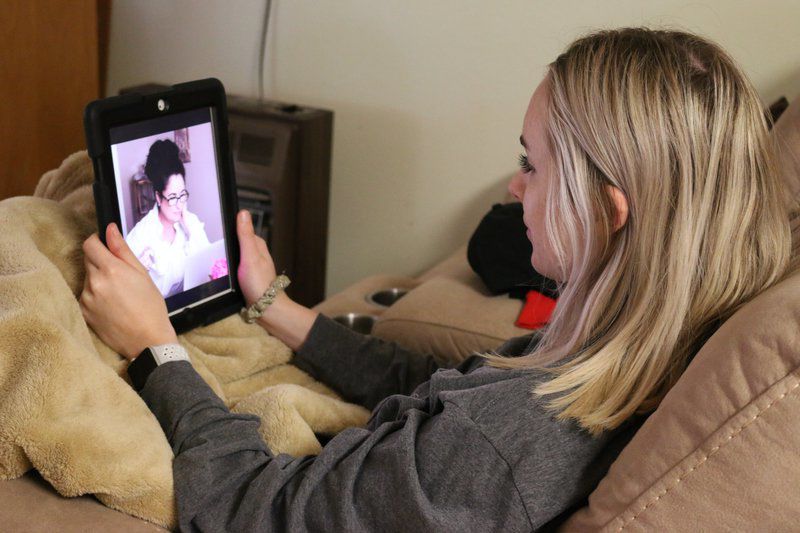
- Photo Illustration by Derrek VaughnWith social distancing restrictions, services such as teleconferencing with a therapist or psychiatrist have become more prevalent.
VALDOSTA – Isolation is not new for Hope Reese.
Diagnosed with dysthymia (persistent depressive disorder) in her early childhood and major depressive disorder in her adolescence, she did not pursue treatment until her 20s.
Trending
“I’ve become a master of just existing in misery,” Reese said.
So when social distancing became the norm in Lowndes County and across the country, the 32-year-old stay-at-home mom felt she was already familiar with the newly introduced isolation.
“I’ve struggled for decades,” Reese said. “Because I have yet to totally be free of suffering, I probably fall into the ‘ignorance is bliss’ category.”
Reese, along with two other local residents, spoke to The Valdosta Daily Times recently about their mental health amid the COVID-19 outbreak and how social distancing and isolation are affecting them.
Being stuck at home has affected people differently and they have adjusted in different ways to remain in positive mental states.
Isolating does not mean remaining inside at all hours for Reese.
Trending
She takes her daughters outside more whether it’s to the neighborhood duck pond or activities such as jumping on the trampoline, gliding on the swing-set or adding some color to the sidewalks with chalk. She spends a lot of time working in the yard.
Surrounding neighborhoods even created a game for the local kids to play.
“We’ve gone on a bear hunt where people in various neighborhoods will put teddy bears in their windows,” she said.
While isolation has robbed Jason Smith of his best coping mechanisms, the 27-year-old graduate student at Valdosta State University has used breathing exercises, work that demands his focus and playing music as ways to stave off the idleness the pandemic has forced upon everyone.
“One of my biggest coping methods has always been to get out of the house and get food with a friend. That isn’t an option right now,” Smith said. “Fortunately, I haven’t had a bad spell since this all started.”
For Tiffany Fischer, the 31-year-old homemaker said hot showers and taking a hiatus from news have helped her. She said she stays in touch with friends by phone or video call.
The three mentioned how technological develops such as voice calling, social media, Xbox Live and Discord have kept them in contact with friends and family.
After making headway with his society anxiety during the past two years, Smith said he worried the extended period of social isolation could cause a setback.
“Part of my struggle is idleness and social anxiety,” he said. “Not having something to do lets my mind wander to places it shouldn’t go. Idle thoughts are the devil’s playground.”
Reese said she stays off social media but uses Zoom and Google Duo to video chat with friends. For those in closer proximity, she uses the tried and true method of yelling.
“My neighbors and I yell at each other across our yards,” she said. “We check on each other, offer help and catch up on our respective families.”
Fischer, Reese and Smith all see a therapist or a psychiatrist regularly. At the time, both Reese and Smith were setting up appointments to speak with mental health professionals through videoconferencing, or what some refer to as “telehealth” or “telemedicine.”
Dale Peeples, an associate professor of psychiatry at Medical College of Georgia, viewed technology as an overall benefit to mental health and providing some form of connection amidst the current disconnected lives of people in isolation.
“At least we live in a day and age where most people do have the technology to have conversations and be able to use all the different videoconferencing platforms to have face-to-face contact,” he said.
Telemedicine is nothing new for the child and adolescent psychiatrist. Peeples has incorporated telehealth methods into his practice for 18 years.
The pervasive use of social media has presented a unique avenue for people to stay in touch with others.
“Right now, I think it really is a lifeline. It really is serving a vital service to keep people connected,” he said.
Having options to stay in touch with others virtually satiates the human urge for social interaction.
“Bottom line is we are social creatures. It’s hardwired in our brains,” said Dr. Jaymal R. Patel, chief medical officer at Legacy Behavioral Health Services. “Social distancing is something we’re not accustomed to.”
Social distancing should not equate to emotionally distancing yourself from others, and people should strive to have continued meaningful interactions with loved ones, Patel noted.
Positive social media behavior such as checking in with friends and family and setting up virtual meet-ups can help during times of isolation, Peeples said.
“People who tended to report the best mental health outcomes – lowest symptoms of anxiety and depression – if you look at their social media use, they were always using it to facilitate real world connections,” he said.
But there is an obvious downside to constant social media use, particularly to people with anxiety and depressions. They can fall into patterns where they scroll through their feeds without any intent to connect with another person, he said.
“People who just kind of scroll through a Facebook feed without any real intent to connect seems like that kind of pattern of social media use is more detrimental from a mental health perspective,” Peeples said.
Maintaining some form of schedule and thinking about ways to best use your days helps keep people in better mental states, Peeples said. He recommended getting adequate amounts of rest, without overdoing it.
“Patients with existing mental issues, when they go through a pretty stressful time of uncertainty, the impact can be multifold,” Patel said. “There can be a general sense of anxiety and fear. Fear as we know and anxiety can magnify our own perception of the symptoms and can make us misinterpret what is going on.”
Patel emphasized the need to uphold an eight-hour sleep schedule. He recommended people stay away from 24-hour news cycles and instead create their own guidelines to observe information while maintaining a daily schedule.
At Patel’s practice, Legacy had provided telemedicine services for years which smoothed the company’s transition into expanded distance services.
“We took that and put it on a front burner,” he said.
Part of that expansion is offering telemedicine options to all patients while continuing to provide the usual services to patients.
“We put it all together and it was clear for our agency that we were not going to cut down our services because of the fear or because of the limitations posed by social distancing,” Patel said.
People who spoke to The Valdosta Daily Times had no problems getting their prescriptions, but if they had, places such as Legacy Behavioral Services offer delivery services from its pharmacy. Medications are delivered to a patient’s door and verified by staff in their cars to ensure the medication is collected while minimizing human contact.
Additionally, Legacy staff wear personal protective equipment, or PPE, as an added safety measure.
Similar safety guidelines apply to the Legacy Behavior Health Crisis Center on North Oak Street Extension.
Those in need of mental health services will be screened for COVID-19 before entering the 30-bed facility. While not everyone will meet the criteria to stay in the facility, they will be provided with resources to go to an outpatient center, said Lyndi Farnam, chief clinical officer at Legacy.
As people adjust to new social norms established during this pandemic, new avenues to stay socially, yet distantly, active have emerged as well as options for anyone struggling with mental health.
And if you are struggling, that does not make you weak, Reese said.
“I wish people understood that mental illness is not a lack of mental strength, will power or self-discipline. Sometimes, I feel like a mental warrior who has fought and survived many wars,” she said. “I wish people understood that someone’s pleasant disposition isn’t indicative of his or her inner strife.”


